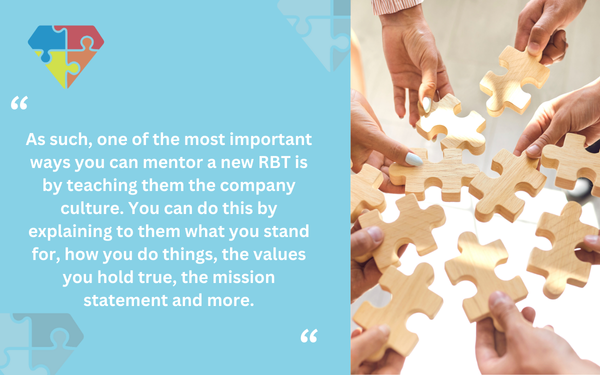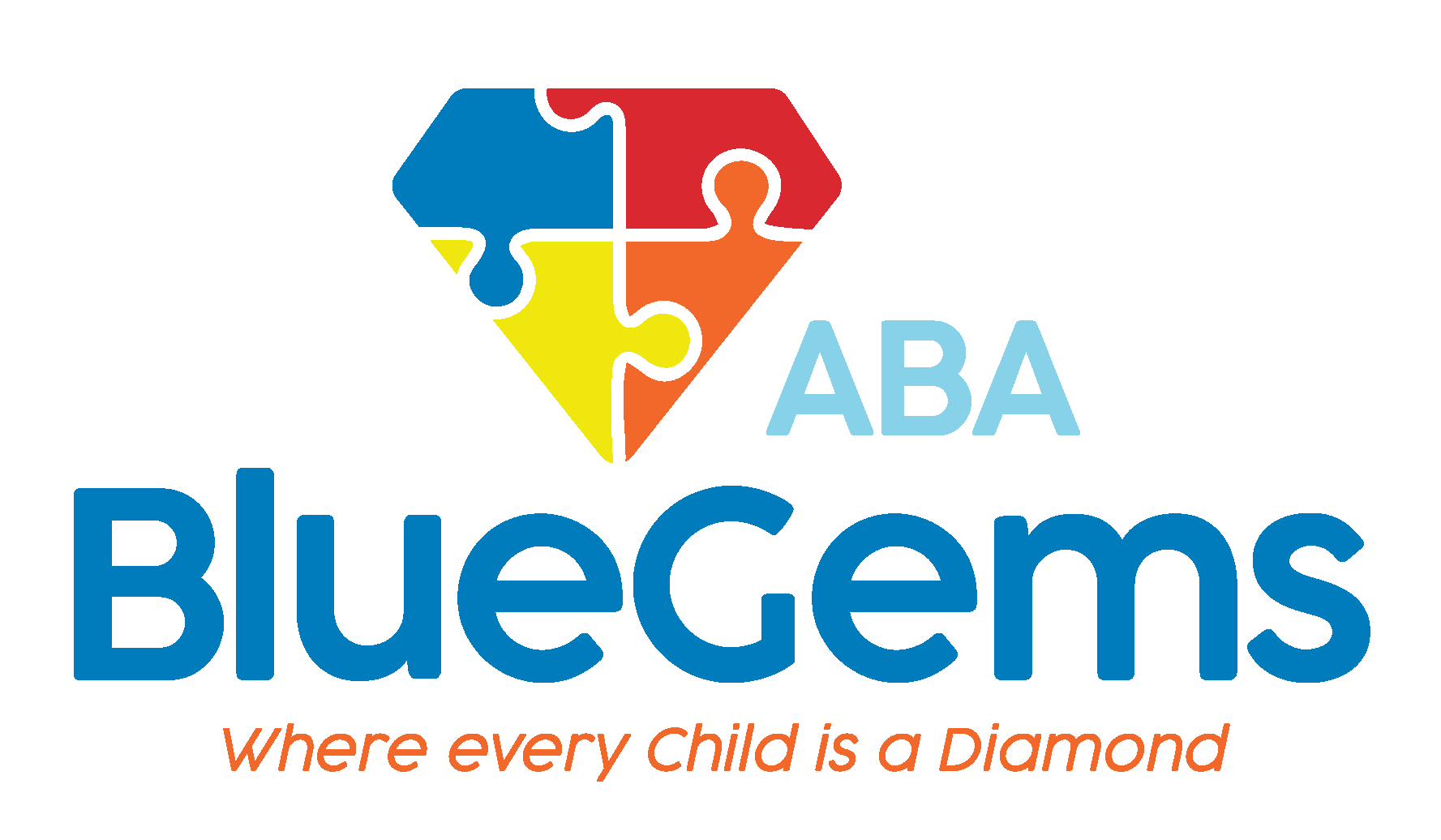Best Ways to Mentor New RBTs
The people who work at your ABA therapy practice are integral to the success of the treatment plans for the patients you serve. That’s why it’s so important to hire the right people to carry out the plans, helping children with autism spectrum disorder (ASD) gain the communication, social interaction and daily life skills they often struggle with.
Registered Behavior Technicians (RBTs) are often the people who are on the ground level of ABA therapy. So, putting together a solid recruiting plan to attract motivated and skilled employees to your clinic is essential.
Yet, hiring is only the very first step in the process. You need to onboard, train and consistently support RBTs so they can build their own skills and careers as they serve children with autism.
In this article, we’ll describe some of the best ways to mentor new RBTs so you can help them grow.
Table Of Contents
Teach Your Culture
The job of an RBT is basically the same from one setting to the next. No matter what type of company they work for, they are primarily responsible for carrying out ABA therapy plans, following strategies laid out in each individual treatment plan to help every patient achieve their stated goals.
While the one-on-one work itself between the RBT and patient isn’t likely to vary much from one place to the next, what will vary is how the RBT works with other colleagues. Since ABA therapy is such a collaborative process in all regards — between RBT and patient, therapy team and parents, and RBT and therapy team — it’s vital that the RBT fits in well with the company culture.
When they fit in well with their work culture, it helps to establish trust and foster a productive environment.
As such, one of the most important ways you can mentor a new RBT is by teaching them the company culture. You can do this by explaining to them what you stand for, how you do things, the values you hold true, the mission statement and more.

But, much of this knowledge is best taught through observation and hands-on learning. Take the first few weeks of their employment as an opportunity to let them dive head-first into the work, and as they watch others in your company work, they’ll learn how to do things according to your company culture.
Follow ABA Therapy Strategies
A great way to mentor new RBTs is to teach them using similar techniques that you use with patients. For instance, Behavioral Skills Training (BST) is a model that’s used quite often in ABA therapy for patients.
The method also works quite well to train new staff members, too.
It can involve explaining how therapy sessions work and having new RBTs observe other employees administer ABA therapy over a one- to two-week period. You should have conversations with the RBT before sessions to discuss what to look out for and then after as well to recap what they learned.
This model breaks down barriers and makes it easy for the RBT to communicate feedback to their supervisors — and vice versa — as well as ask any questions in a timely, pertinent and relevant manner.
Eventually, this should progress to the new RBT modeling certain parts of a therapy session. It could include recording data and comparing it at first, and then moving up to them leading a part of a therapy session.
Along the way, you should provide feedback to the new RBT so they can understand what they’re doing well and what they need to adjust.
Make Them Feel Part of the Team
As mentioned earlier, ABA therapy really takes a team effort to be successful. So, when you mentor new RBTs, it’s important that you make them feel part of the team.
An effective way to do that is to integrate all the mentoring into regular team activities. In other words, make it feel less like training for new employees and more like ongoing staff training for all employees.
In addition to some of the mentoring tips above, hold regular upskill sessions, educational forums and more for all of your employees. This will allow everyone to improve their own skills as they’re building their careers.
With your new RBTs doing this alongside seasoned employees — some of whom will be higher than them on the organizational chart — it will make them feel valued and included in all you do.
Blue Gems ABA Takes a Team Approach to ABA Therapy
ABA therapy is the most successful when it’s administered by a team of employees who truly work together. That’s because this treatment is a team effort, from start to finish, whether you’re talking about the interactions between the therapy team and patient, the therapy team and parents, or among the therapy team members themselves.
At Blue Gems ABA, we take a team approach to everything we do. This allows us to serve our patients best, as we work to help every child with ASD we serve live as independently as possible.
To learn more, please contact us today.




